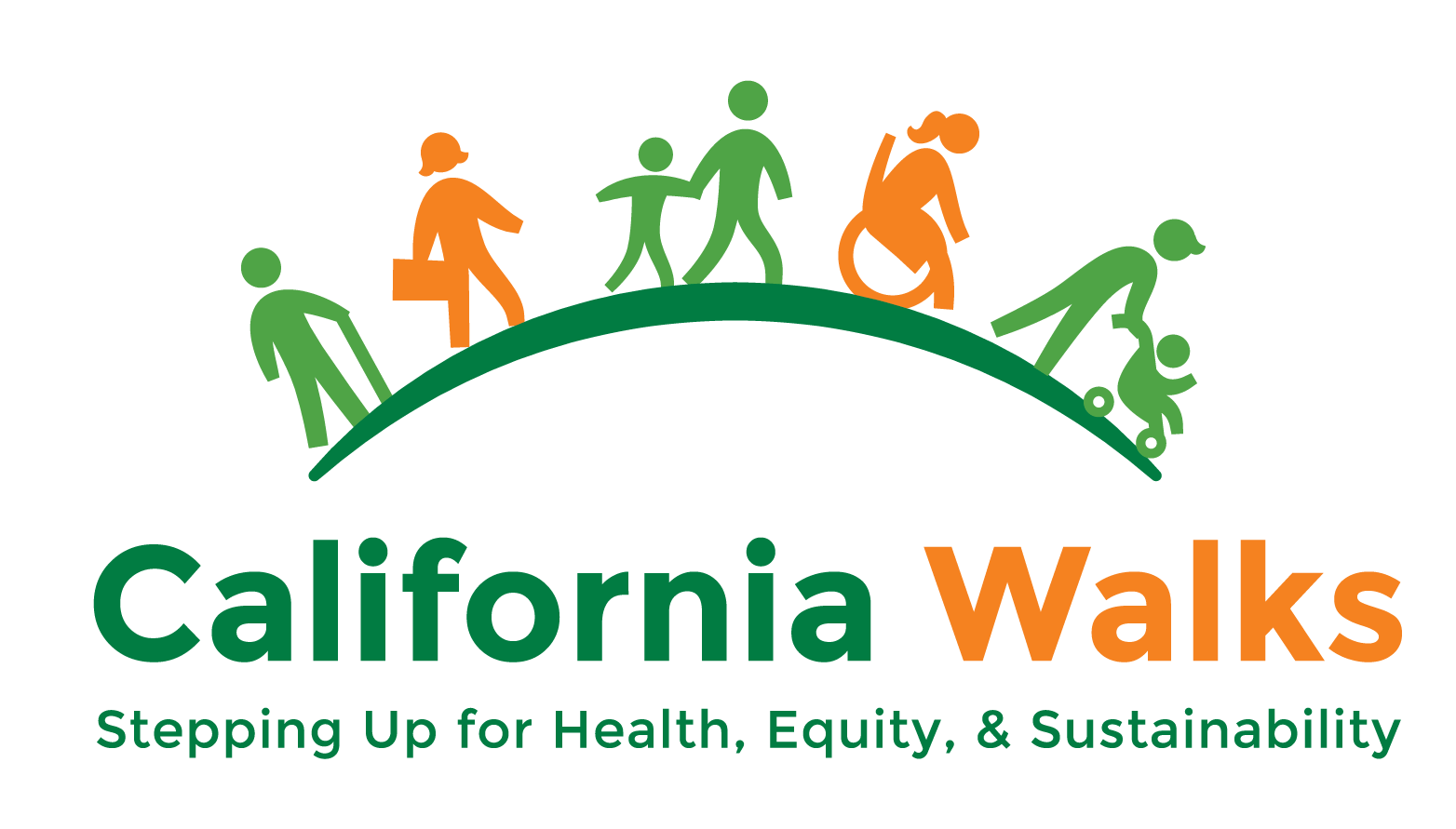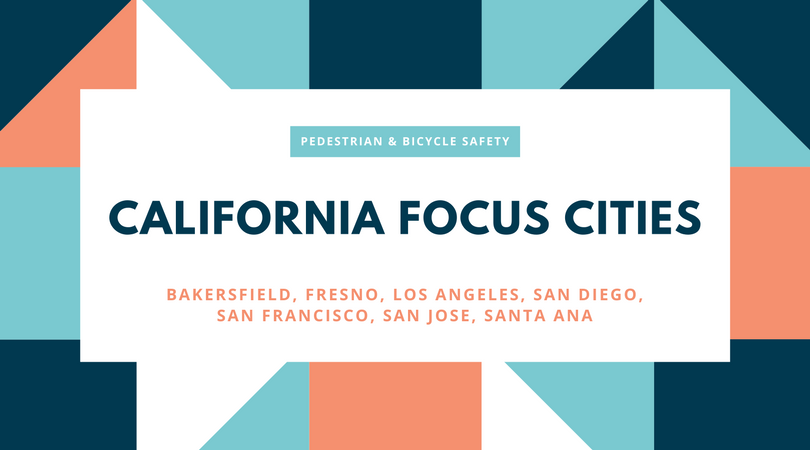Focus Cities: Growing enthusiasm for protected bike lanes in San José
This post, by our partners at Silicon Valley Bicycle Coalition (SVBC), has been made possible by the grant-funded Focus Cities California program, a joint project of UC Berkeley SafeTREC and California Walks, which supports increased safety in walking and biking.
Funding for this program was provided by a grant from the California Office of Traffic Safety, through the National Highway Traffic Safety Administration.
At Silicon Valley Bicycle Coalition, we’ve known for a long time that most people feel most comfortable riding bikes on trails. And what’s not to like? Trails are dedicated spaces for walking and biking, rarely have intersections, virtually eliminate the risk of colliding with a car, and are usually picturesque. We know you love trails, and we do too.
But when it comes to biking for transportation, trails have their downsides, too. They’re usually the jurisdiction of parks departments, which means they often close after dark. Many of our local trails are on or near riparian corridors (next to creeks or streams) with sensitive habitats, so they’re also not lighted at night. And the same separation from the roadway network that makes them feel so safe also means trails can be less direct routes when we’re trying to get to work, shopping, school, or dining. All this poses the question: How can we preserve the safety and comfort people experience on a trail when we integrate bike facilities into our cities’ street networks?
The answer is the protected bike lane, also known as a cycle track or Class IV bikeway. These types of bike lanes are located on a street, like a traditional bike lane, but utilize a physical barrier to increase both comfort and safety for bicyclists. The physical barrier can consist of flexible or rigid bollards, a raised curb, planters, or parked cars. Often, these barriers also provide a traffic calming effect to a street.
Because of the added elements, the cost of protected bike lanes is higher than traditional facilities. But the impact on ridership numbers and safety is impressive. In Oakland, Telegraph Avenue saw a 78% increase in people biking after protected bike lanes were installed. Meanwhile, overall collisions on the corridor decreased 40%. On the other side of the country, New York City’s protected bike lane on 9th Avenue led to a 56% reduction in injuries to all street users, including a 57% reduction in injuries to people on bikes and a 29% reduction in injuries to people walking. The benefits extend to pedestrians as well: New York’s 9th Avenue project led to an 84% reduction in sidewalk riding.
In San José, bike lanes and sharrows are being added at a whirlwind pace. The City installed 26 miles of new bikeways in 2016 and is projected to install approximately 81 miles of bikeways in 2017. But ridership is not keeping pace; San José’s mode share, the number of work commute trips taken by bike, is stuck at a frustratingly low 1.2%.
We know from surveys and anecdotal evidence that there is a large portion of the population that would like to ride a bike more often, and for greater distances, but they are afraid of getting hit by a car. Even with wide painted buffers, as used on many bike lanes in downtown San José, people can’t shake their unease about riding, unprotected, next to fast-moving traffic. Clearly, if we’re going to get more people riding bikes safely, protected lanes are the next step for San José’s growing bikeway network.
The City agrees with our assessment, and has begun work to make the vision of protected bike lanes a reality. With support from The Knight Foundation, San José’s Department of Transportation (DOT) recently welcomed a contingent from the National Association of City Transportation Officials (NACTO) to begin a round of technical assistance that will ultimately result in a toolkit of best practices from around the country, a proposal for a protected bike lane network, and conceptual plans for one or more new downtown protected lanes.
SVBC is actively involved with this process. We participated in the first NACTO visit, in April, and are working with that group to plan an August follow-up trip, which will also involve experts from other American cities that have begun implementing protected bike lane networks. Through our work with California Walks on the Focus Cities project, we’ll be putting together a bike tour that will feature a pop-up protected bike lane to introduce the experience to residents and policy makers.
If you share our vision that protected bike lanes are the future of pedal-powered transportation in San Jose, join the mailing list for this effort below!
Sign up to learn more about San José protected bike lanes.
Cross-posted at Silicon Valley Bicycle Coalition’s site.


